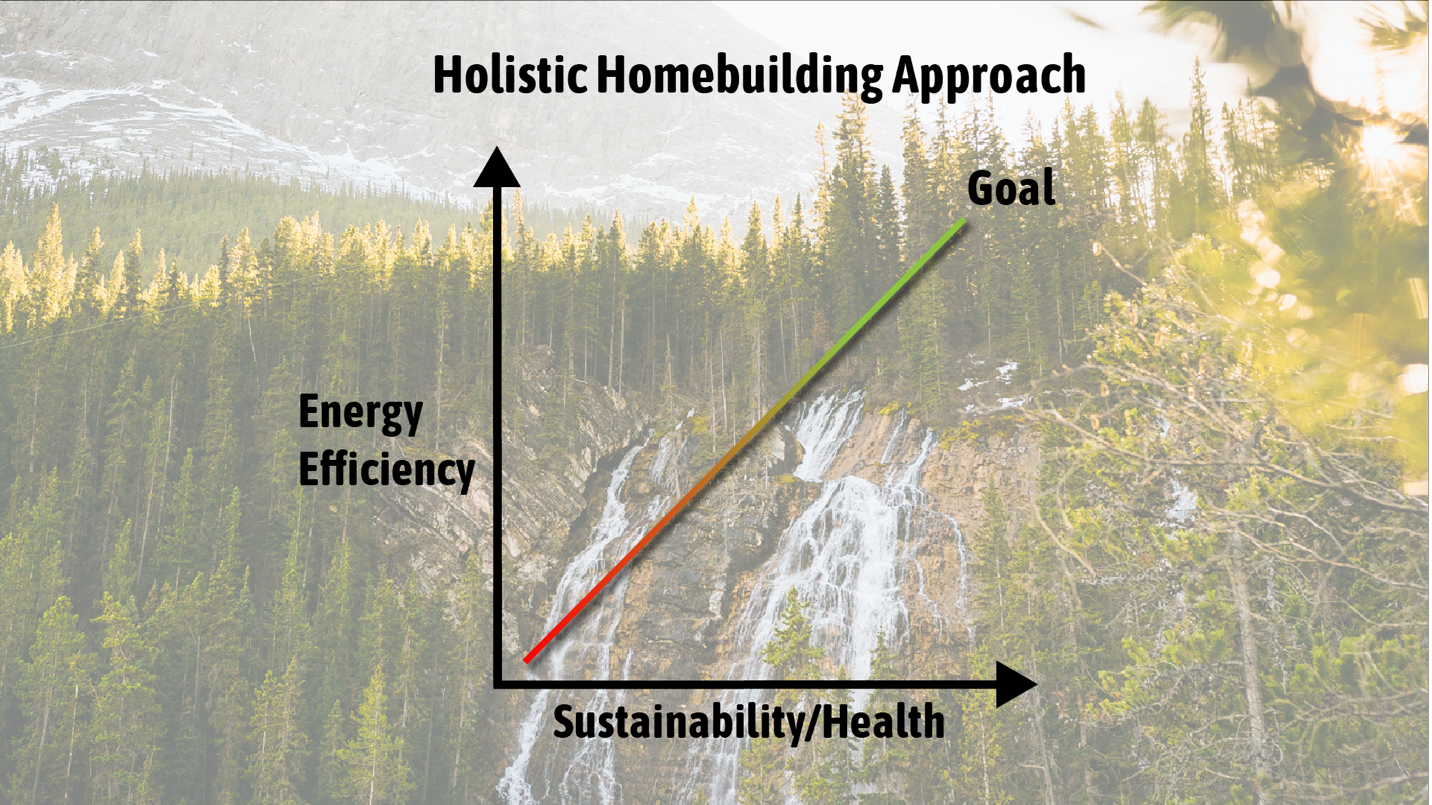The Importance of Building Healthy Homes
A Builder's Perspective
Provided by Built Green builder Greener Homes Ltd.
Energy efficiency and offsetting carbon are becoming the rage in the housing industry. While we are making great strides, we can’t forget the other half of going green: ensuring the homes we’re building are sustainable and healthy.
Built Green certification is appealing not only because it assesses energy performance in the home, but also addresses the sustainability and the health of the home. Their holistic approach is easy to market to consumers because you can promote the economics of energy performance, the benefits of a low-maintenance home, as well as the comfort of a healthy home. Because of the holistic approach, this certification can be marketed to a wide variety of people, and give builders a competitive advantage in their geographic area.
Healthy, Sustainable Homes
A healthy home is one that fosters the well-being of its occupants. The primary means of making a home healthy is improving its air quality. A sustainable home is one that uses fewer resources (both during and after construction), uses renewable resources and construction materials, is more durable and longer-lasting, and will require less maintenance.
While building either a healthy home or an energy-efficient home is superior to a regular home built to base-level code, each builder should be in pursuit of both elements.

Since the Built Green program outlines how a healthy home can be built, we’re going to discuss only why it should be built. The graphic here describes the ideal relationship between energy efficiency and overall sustainability/health.
When taking a holistic approach to building green, you’re going to get the best of both worlds. And while increasing the energy efficiency of the home can increase the health of the home, that’s not always the case. One can build an extremely energy-efficient home without paying any regard to its health factor.
We’ve come a long way since asbestos, large gas-stove market share, lead-based paint, high-VOC building materials, disregard for radon, mould growth due to improper building, etc. However, only a couple of these issues are being largely addressed.
A home should be a safe place for a family. It should be free from worry about unhealthy external and internal environments, and a place to grow and foster well-being. Unfortunately, homes aren’t always healthy places to gather.
The biggest factor in whether or not a home is healthy is the air quality. Poor air quality can cause a variety of symptoms or sicknesses ranging from headaches to cancer.
What Causes Symptoms of Sickness?
Dust
From dust to mould, VOCs to radon, each contaminant can cause different symptoms. Dust is arguably the most common contaminant in a home, and 90% of homes in Canada will have lead present in the dust, according to The Canadian House Dust Study by Health Canada. While children are more susceptible to lead, any level of lead is dangerous and can result in anemia, lead poisoning, and can even damage the brain and nervous system.
Mould
Mould, caused by moisture issues resulting from poor building practices, is another common contaminant found in homes. According to Stats Canada, between 10 and 50 litres of moisture is released into Canadian homes each day. Why is mould bad? Health Canada says, “Mould growth in homes increases the risk of respiratory allergy symptoms and exacerbate asthma in mold-sensitive individuals.”
Volatile Organic Compounds (VOCs)
VOCs are toxins and chemicals that off-gas from construction materials. A great example being formaldehyde. VOCs are known to cause headaches, nausea, dizziness, eye, nose, and throat irritation, damage to organs, allergic skin reactions, fatigue, epistaxis, etc.
Why Air Quality Matters
As Canadians, we spend roughly half of our lives in our homes. That is half of our lives breathing the air our homes provide us with. It’s time we all make an effort to create healthy places for our citizens to live.
For more about Greener Homes Ltd. visit their site.
